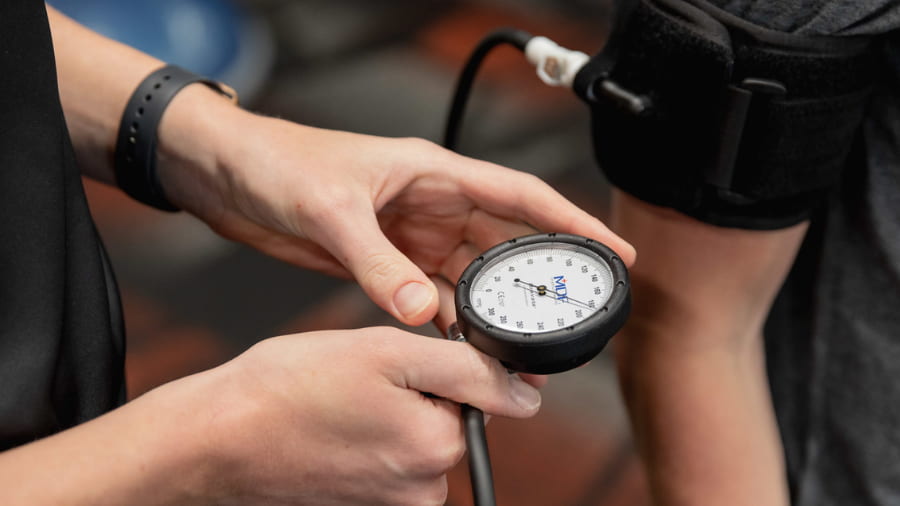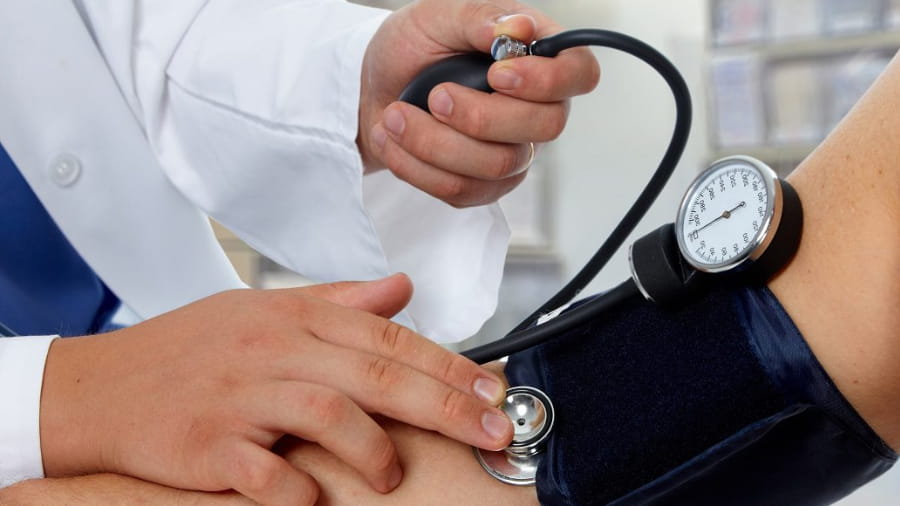
Complete Guide on Low Blood Pressure and What Might Help
If you frequently experience symptoms of low blood pressure, it’s important to seek advice from your doctor to determine the underlying cause. In some cases, medication or lifestyle modifications may help alleviate the symptoms.
Although a low blood pressure diagnosis is not typically a cause for concern, it can still be an inconvenience and cause unpleasant symptoms.

On the positive side, having a low blood pressure level may lower your risk of heart attack or stroke. However, experiencing persistent low blood pressure symptoms can be undesirable and harmful to your daily life.
It’s crucial to note that extremely low blood pressure can be hazardous since it means your body, brain, and heart are not receiving enough oxygenated blood. Furthermore, it could be a symptom of an underlying medical illness. If you have low blood pressure, you may be curious about the cause and ways to ease the symptoms.
What is Low Blood Pressure?
Blood pressure is a measurement of the force exerted by blood against the walls of your arteries, and it is usually measured in millimeters of mercury (mmHg). Low blood pressure, also known as hypotension, is when the reading shows less than 90/60mmHg. The measurement is represented as a fraction, where the top number is the systolic pressure, the pressure created by blood being pushed out of your heart into your arteries when it beats. The bottom number is the diastolic pressure, the pressure in your arteries when your heart is resting between beats.

A healthy blood pressure capacity is between 90/60 and 120/80 mmHg. High blood pressure is supposed to be 140/90mmHg or higher, while low blood pressure is defined as 90/60mmHg or lower. Knowing your blood pressure reading is important in handling your general health and well-being.
Why do I have Low Blood Pressure?
There are a number of aspects that can support low blood pressure. Periodically, it can just be a case of genetics or age. Specific medical disorders, such as heart problems, diabetes, and hypothyroidism, can also lead to low blood pressure. Dehydration, low blood sugar, and certain medications, such as those utilized to heal high blood pressure, can also cause blood pressure to drop.

In some cases, low blood pressure can be a temporary response to certain activities or situations, such as standing up too quickly, being in a hot environment, or experiencing a sudden bout of anxiety or stress. If you encounter persistent low blood pressure or any concerning symptoms, it is necessary to speak to your doctor to determine the underlying cause and appropriate treatment plan.
Simple Steps to Help Reduce Low Blood Pressure
If you have low blood pressure, there are a few simple steps you can take to help alleviate symptoms and improve your overall health. Here are some tips to help reduce low blood pressure –

- Stay hydrated – Dehydration can cause a drop in blood pressure, so it’s important to drink plenty of water throughout the day. Desire for around 8-10 glasses of water a day, and more if you’re active or in hot weather.
- Increase salt intake – In some cases, increasing your salt intake may help raise your blood pressure. However, this should be accomplished in moderation and only under the direction of a healthcare professional.
- Eat a balanced diet – Eating a healthy, balanced diet can help support your overall health and may help reduce symptoms of low blood pressure. Focus on whole foods, fruits, vegetables, lean protein, and healthy fats.
- Avoid standing up quickly – When you stand up quickly, blood can pool in your legs, which can cause a drop in blood pressure. Instead, take your time when getting up from a sitting or lying position.
- Exercise regularly – Regular exercise can help improve blood flow and may help raise blood pressure. Desire for around 30 minutes of moderate exercise most days of the week.
- Wear compression stockings – Reduction stockings can aid enhance blood flow and control blood from pooling in your legs, which may help reduce symptoms of low blood pressure.
It’s important to talk to your doctor if you experience persistent symptoms of low blood pressure, as they may indicate an underlying health condition that requires treatment.
Conclusion
Low blood pressure is a common condition that can affect anyone. While it is often not a cause for alarm, persistent symptoms can be unpleasant and inconvenient. It is important to consult with a healthcare professional if you are experiencing frequent symptoms of low blood pressure, as it may be an indicator of an underlying medical condition.
Fortunately, there are simple lifestyle changes and interventions that can aid relieve symptoms and decrease the chance of complications. By following the steps outlined in this guide, you can take control of your health and well-being and manage low blood pressure effectively.
